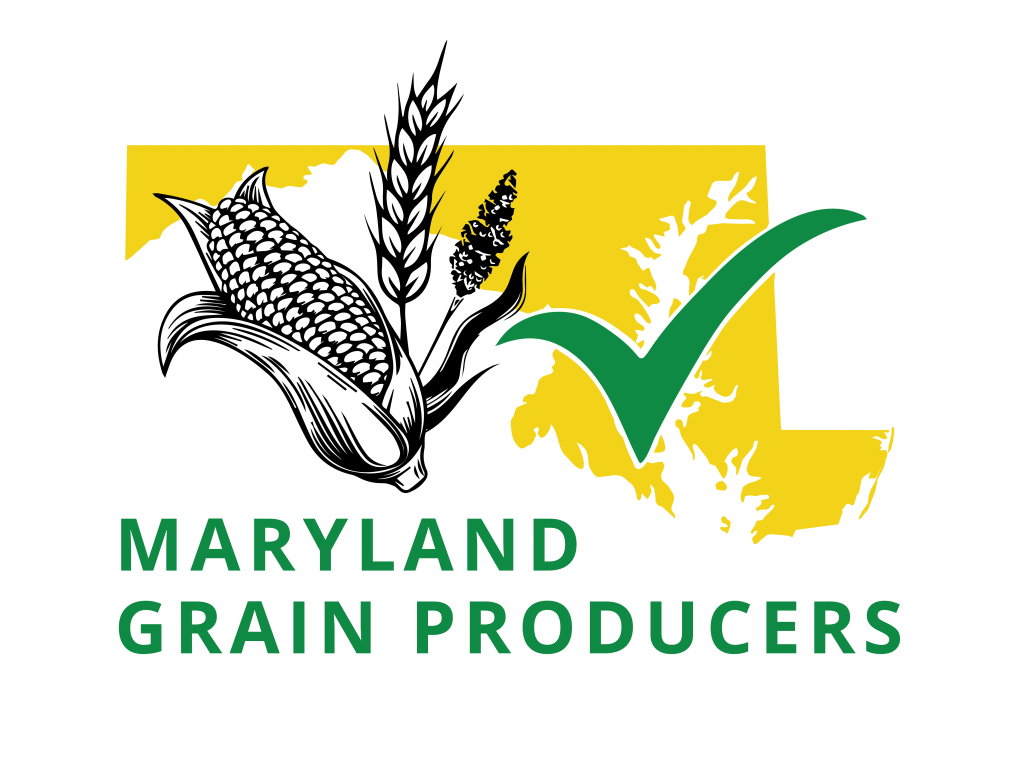Maryland has a number of Flex Fuel Stations, find the closest one to you here.
RFS: The Renewable Fuels Standard
The Environmental Protection Agency (EPA) is responsible for developing and implementing regulations that ensure a minimum level of renewable fuels are used for transportation in the United States.
The agency works in collaboration with refiners, renewable fuel producers under the Energy Policy Act of 2005. It required that 7.5 billion gallons of transportation fuel come from renewable sources by 2012. The Energy Independence and Security act of 2007 set a goal of 36 billion gallons of renewable fuel by 2022. The agency based its policy on extensive scientific and economic research which showed renewable fuels will add more than $1.7 trillion to our Gross Domestic Product between 2008 and 2022, reduce greenhouse gases and reduce dependence on foreign oil.
What is Flex Fuel?
There are a lot of reasons … Energy independence … Domestic jobs … Lower gas prices … Cleaner air … Renewable …
Flex Fuel decreases dependency on foreign oil and finite oil resources, replacing it with renewable-based; fuel made in the USA. Ethanol helps to reduce gas prices, as it is a lower-cost fuel. Environmental benefits are strong – E85 reduces more carbon monoxide, volatile organic compounds, nitrogen oxides, and particulate matter emissions when compared to gas.
Flex Fuel is beneficial for your car and your pocketbook. Using ethanol can increase horsepower and octane, reduce engine knocking and pinging, help clean your engine by reducing fuel injection system build up, and prevent gas line freezes in cold weather. Ethanol-blended fuel lowers gas prices up to $1.09 per gallon on average and saves the average American household $1,200 on their gas bill annually.
Ethanol is homegrown and supports rural America, generating a $500 billion increase to communities’ farm assets around the country. And an ethanol plant doesn’t just make fuel. When a bushel of corn travels to the plant to make fuel, it also makes food and other coproducts in the process. Co-products include livestock fed called distillers grains, corn oil, and other products that add to the food supply. In other words, we’re making food, feed, and fuel. From one bushel of corn comes 2.8 gallons of ethanol in addition to 17 pounds of distillers grains, a high-protein, nutritious animal feed.
If I use E10 now, will I be able to use E15?
The EPA has approved E15, a blend of 15% renewable ethanol and 85% gasoline, as an optional blend for cars and light-duty trucks in the model year 2001 and newer. The Energy Department conducted six million miles of testing on E15 – the equivalent of 12 round trips to the Moon – and found no issues. NASCAR race cars have been using it since 2011 with high marks for power and durability.
A full move to E15 would create a bigger market for American ethanol that could help create as many as 136,000 new jobs in the United States and eliminate as much as 8 million metric tons of greenhouse gas emissions from the air in a year – the equivalent of taking 1.35 million vehicles off the road. Increasing the domestic, renewable fuel supply would also displace some of the 7 billion gallons of oil that is imported every day into the United States from countries such as Venezuela, Saudi Arabia, and Nigeria.
NASCAR sees improved Engine Performance with E15 Use
Leading the way in 2011, NASCAR launched its long-term biofuels program to reduce emissions of the fuel used in all its racing series. NASCAR’s three national touring series began using Sunoco Green E15, a renewable fuel blended with 15% American-made ethanol from American-grown corn. Sunoco, the Official Fuel of NASCAR, manufacturers blends and transports this renewable, low-carbon fuel that emits 20% less greenhouse gas emissions than unleaded gas. After completing more than six million miles during NASCAR races using Sunoco Green E15, teams report an increase of up to 10+ horsepower with cleaner engines. These reports validate the fuel qualities and environmental impact of ethanol as a fuel to the millions of NASCAR fans as well as the general American public.
Ethanol Produces Both Feed and Fuel
Ethanol is made from the starch of a crop, leaving the fat and protein for a highly nutritious animal feed. Approximately one-third of every bushel of corn processed by an ethanol biorefinery returns to the livestock feed market in the form of distillers grains or corn gluten. One bushel of corn equals 2.8 gallons of ethanol and 17-18 pounds of animal feed, which USDA and university studies have shown carry greater nutritional value than the traditional feed ingredients they are replacing in beef, dairy, swine, and poultry rations.

